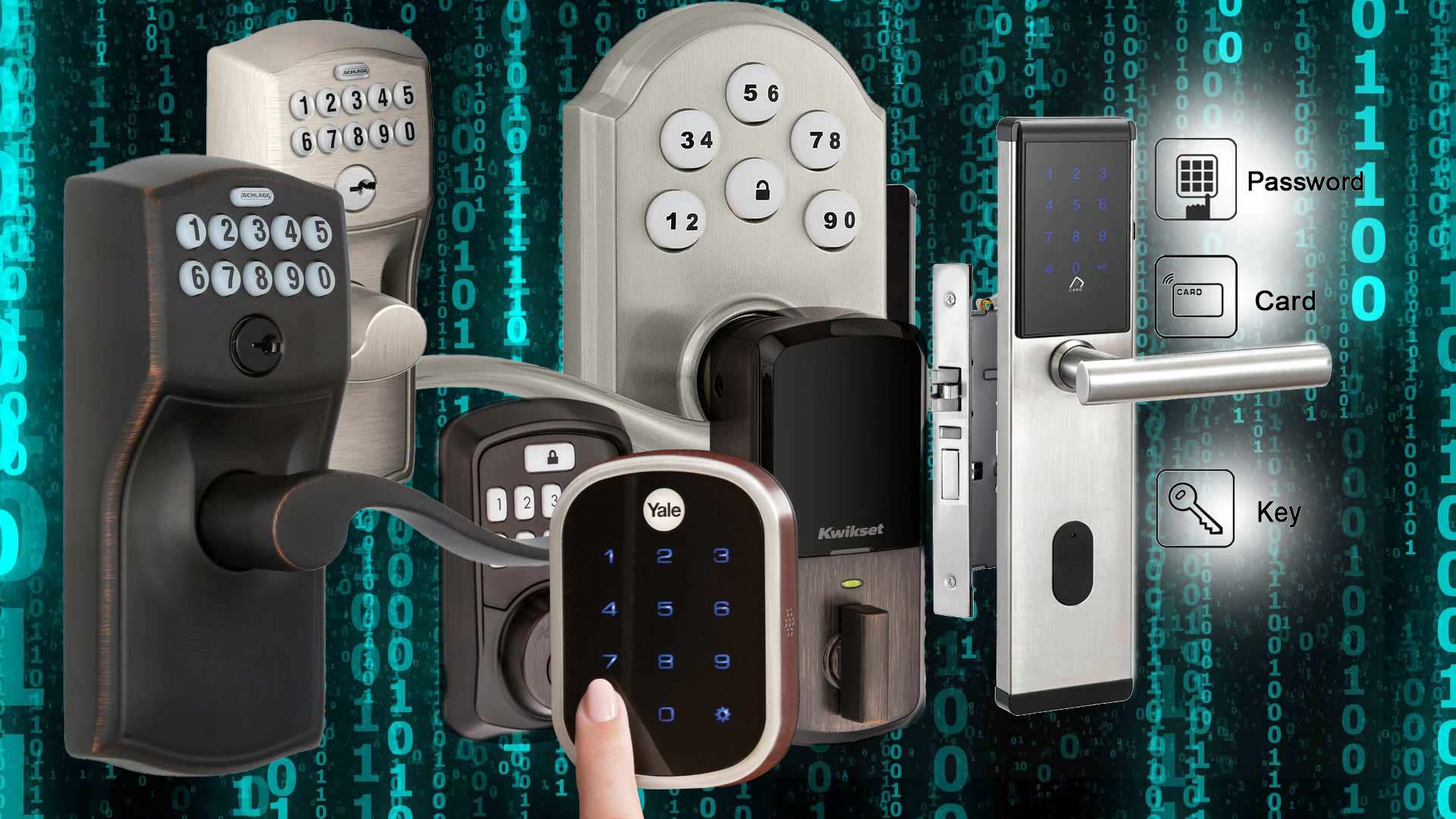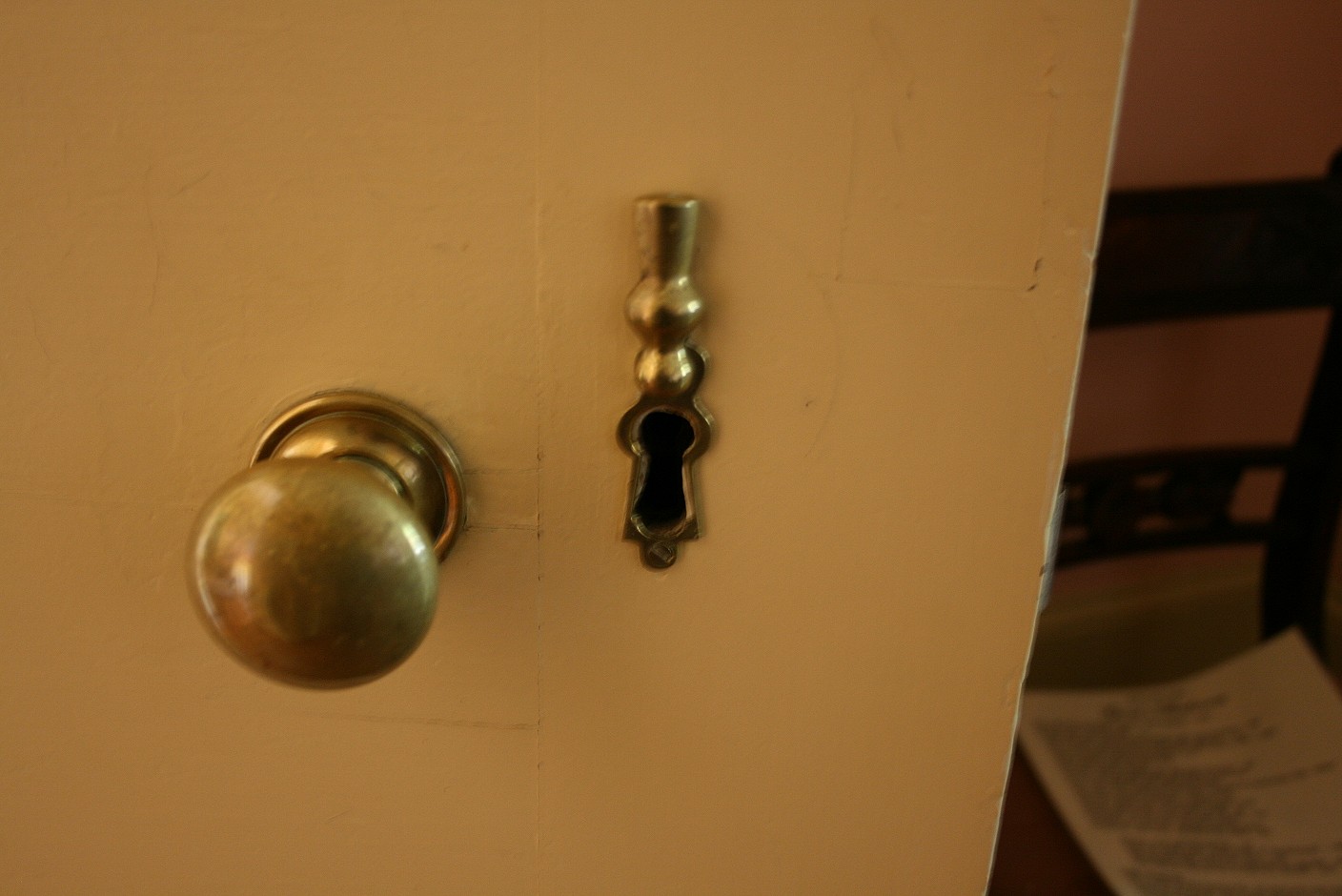Understanding Bedroom Door Lock Key Replacement Needs

Replacing a bedroom door lock is a common home improvement task that can enhance security and provide peace of mind. Whether you’ve lost your keys, want to upgrade your lock, or simply need a new one due to wear and tear, understanding the reasons behind key replacement is essential.
Common Reasons for Bedroom Door Lock Key Replacement
The need for a new bedroom door lock can arise from various situations.
- Lost or Stolen Keys: This is perhaps the most common reason. Losing your keys can leave your home vulnerable, making it crucial to replace the lock to ensure your safety and security.
- Damaged or Worn-Out Lock: Over time, door locks can become worn out or damaged, making them less effective. If you notice difficulty turning the key, sticking, or other signs of malfunction, it’s time to replace the lock.
- Upgrade to a More Secure Lock: Technology is constantly evolving, and newer lock models often offer enhanced security features. If you want to upgrade your existing lock for improved protection, replacement is necessary.
- Change of Residence: When moving into a new home, it’s always a good idea to replace the existing locks for peace of mind. This ensures that previous residents or unauthorized individuals do not have access to your property.
- Security Concerns: If you feel your existing lock is not providing adequate security, replacing it with a more robust model can address your concerns and improve your home’s overall security.
Types of Bedroom Door Locks Commonly Replaced
Different types of bedroom door locks are available, each with its own advantages and disadvantages. Understanding the common types will help you make an informed decision.
- Knob Locks: These are the most common type of bedroom door lock, featuring a knob that turns to unlock and lock the door. They are typically easy to install and affordable.
- Lever Handles: Lever handles offer a more modern look and are often easier to use for people with mobility issues. They operate by pressing down on the lever to unlock and lock the door.
- Deadbolt Locks: Deadbolt locks provide an additional layer of security, as they extend a bolt into the doorjamb, making it more difficult to force open. These locks are typically used in conjunction with a knob or lever handle.
- Smart Locks: Smart locks offer convenience and enhanced security features, such as keyless entry, remote access, and integration with home automation systems.
Recognizing When a Bedroom Door Lock Needs Replacement
Several signs can indicate that your bedroom door lock needs replacement.
- Difficulty Turning the Key: If you experience resistance or difficulty turning the key in the lock, it may be a sign of wear and tear or a malfunctioning mechanism.
- Sticking or Binding: A lock that sticks or binds when turning the key may indicate a problem with the locking mechanism or debris in the lock cylinder.
- Loose or Shaky Handle: A loose or shaky door handle can be a sign of a worn-out lock or damaged mounting hardware.
- Visible Damage: If you notice any visible damage to the lock, such as scratches, dents, or broken parts, it’s best to replace it.
- Lack of Security Features: If your existing lock lacks modern security features, such as anti-bumping technology or keyless entry, upgrading to a more secure lock may be beneficial.
Choosing the Right Replacement Lock

Replacing your bedroom door lock is a simple yet crucial task to ensure your privacy and security. Selecting the right lock involves considering several factors, including your security needs, budget, and the existing door hardware.
Types of Bedroom Door Locks
There are various types of bedroom door locks available, each offering unique security features and compatibility with different door types. Understanding the different options can help you choose the most suitable lock for your needs.
- Deadbolt Locks: These locks are considered the most secure option for bedroom doors. They feature a solid metal bolt that extends into the doorjamb, making it difficult for intruders to force open the door. Deadbolt locks are typically available in single-cylinder and double-cylinder configurations. Single-cylinder deadbolts can be unlocked with a key from the outside and a thumb turn from the inside. Double-cylinder deadbolts require a key to unlock from both sides.
- Lever Handle Locks: Lever handle locks offer convenience and are often preferred for their ease of use. They feature a lever that is pushed down to unlock the door, making them ideal for people with limited hand mobility. However, lever handle locks may not provide the same level of security as deadbolt locks, as they can be more easily forced open.
- Keyless Entry Systems: Keyless entry systems offer a modern and convenient way to lock and unlock your bedroom door. These systems use electronic keys, keypads, or smartphone apps to control access. Keyless entry systems can enhance security by eliminating the need for physical keys, which can be lost or stolen.
The Replacement Process: Bedroom Door Lock Key Replacement

Replacing a bedroom door lock is a relatively simple DIY project that can save you money compared to hiring a locksmith. This process involves removing the old lock, installing the new lock, and testing its functionality.
Removing the Old Lock
Removing the old lock is the first step in the replacement process. This involves identifying the type of lock, gathering the necessary tools, and following a series of steps to detach the lock from the door.
- Identify the Lock Type: The first step is to identify the type of lock you have. Common types include deadbolt locks, knob locks, and lever handles. Understanding the type of lock will help you determine the appropriate tools and steps for removal.
- Gather the Necessary Tools: Depending on the lock type, you will need a few basic tools. These may include a screwdriver (Phillips or flathead), a wrench, a hammer, and possibly a lock-picking tool if the lock is stuck.
- Remove the Strike Plate: The strike plate is the metal plate on the doorjamb that the lock latch engages with. Remove the strike plate by unscrewing the screws holding it in place.
- Remove the Lock Cylinder: The lock cylinder is the part of the lock where you insert the key. To remove it, you’ll typically need to use a screwdriver or a special tool to turn a small screw or pin inside the cylinder. Once the screw or pin is removed, the cylinder can be pulled out.
- Remove the Lock Housing: The lock housing is the main part of the lock that holds the cylinder and other mechanisms. This can be removed by unscrewing the screws that hold it to the door. You may need to use a hammer to gently tap the lock housing if it’s stuck.
Installing the New Lock
Once the old lock is removed, you can install the new lock. This involves aligning the new lock with the existing holes, securing it to the door, and attaching the strike plate.
- Align the New Lock: Hold the new lock in place on the door, ensuring that the holes in the lock align with the existing holes in the door. If the holes don’t align, you may need to use a drill to create new holes.
- Secure the New Lock: Secure the new lock to the door using the screws provided. Make sure the screws are tight enough to hold the lock securely in place.
- Attach the Strike Plate: Attach the new strike plate to the doorjamb using the screws provided. Make sure the strike plate is aligned with the latch of the new lock.
Testing the New Lock, Bedroom door lock key replacement
After installing the new lock, it’s essential to test its functionality. This involves inserting the new key, turning the lock, and checking that the latch engages and disengages properly.
- Insert the New Key: Insert the new key into the lock cylinder and try turning it. The key should turn smoothly and easily.
- Check the Latch: Make sure the latch engages and disengages properly when you turn the key. The latch should move freely and smoothly.
- Test the Door: Close the door and try to open it using the new key. The door should open and close easily without any resistance.
